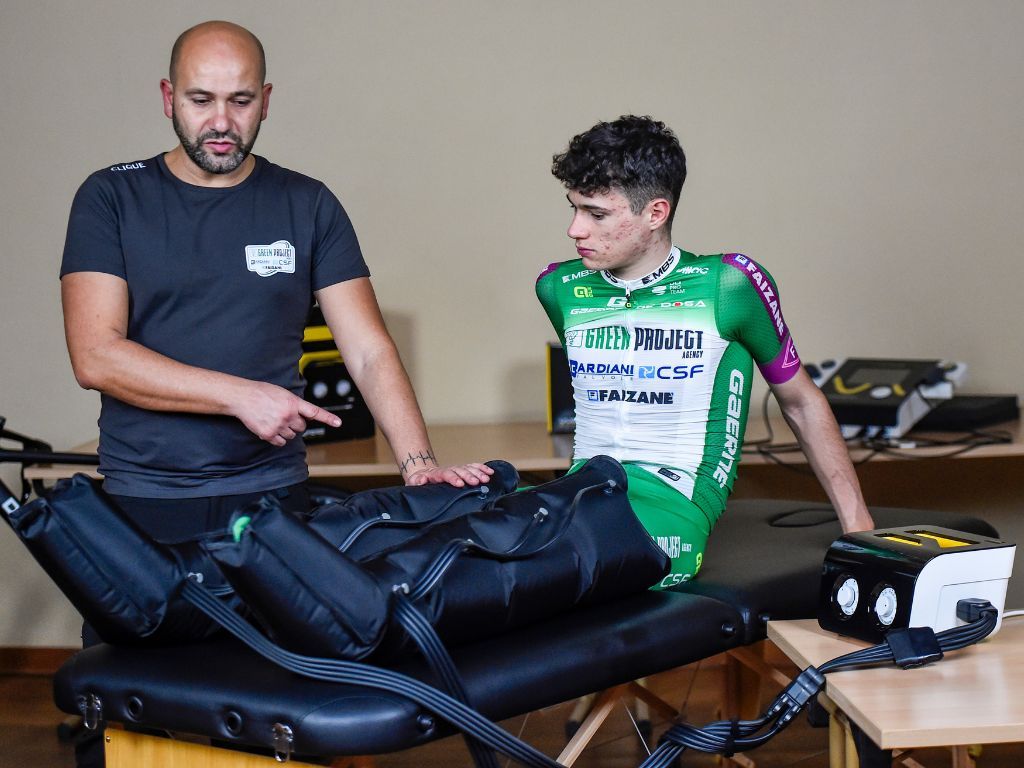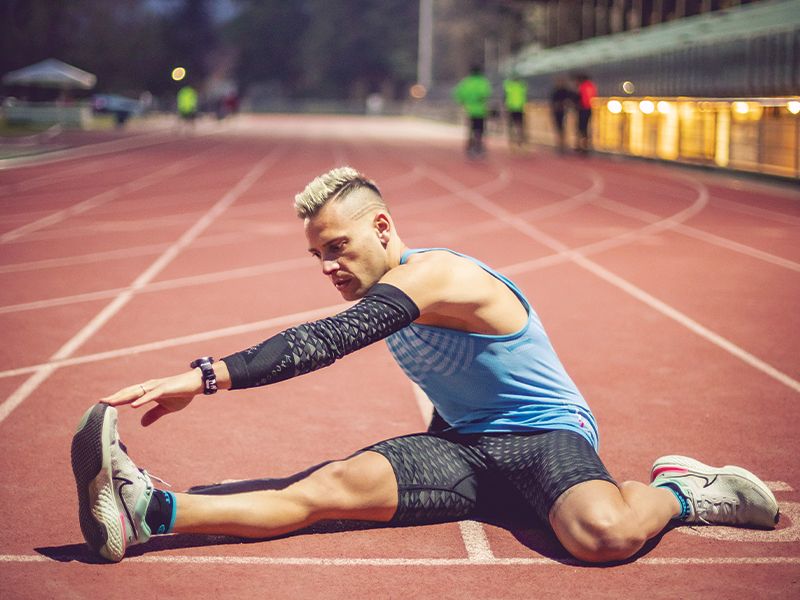The best way to face a 42 km run is by following ten rules, regardless of whether it is a race or the final fraction of a full distance, from the first steps to recovery
Let’s face it: it would take a book just to explain how to prepare for a marathon (and there are several ones available on the market). However, I am convinced that focusing on ten fundamental aspects can take home an excellent performance.
1. Gradual loading
Preparing for a marathon involves fundamental changes in our musculoskeletal and cardiovascular systems. Tendons, muscles, and heart must learn to endure increasingly significant workloads. As the number of kilometers increases, the recovery time decreases, so it is critical to give your body time to adjust to the faster training pace. It is important to remember the 10% rule, which stands for the maximum percentage of increase in weekly mileage. Adding a week of discharge from time to time can be advantageous.
2. Say yes to fast training
The idea that long-distance training should be done at a slow pace is incorrect. Marathon runners need high-quality training, too. Obviously, the repeated exercises will be longer and slower, but it is still interval training. Prefer specific workouts that recall the race pace on repeated runs, which can also be of 5 km.
3. Pay attention to the technical gesture
The longer the race, the more important it is to have a cost-effective and efficient running technique, which is necessary to successfully finish a triathlon competition. More economy means more energy saving and, therefore, an increased risk of “crisis” or “wall”. In the marathon, the running becomes flatter and more ‘adherent’ to the ground, and it is recommended to avoid too high knee movements, which consume excessive energy. A lot of runners, who specialized in 5 km and 10 km, have altered their running technique just before making the switch to the marathon.
4. Attention to stress
The increase in weekly volume and the already mentioned reduced recovery times also result in changes in some hormonal and endocrine values in the body. For example, cortisol, the stress hormone, may rise, especially for those preparing for their first marathon and having their first experience with such high workloads, but also for those who are used to constantly training in all three disciplines. To prevent unpleasant consequences, it is crucial to monitor your health by undergoing blood tests regularly. Any abnormal value can be corrected in time by reducing workloads or taking the right supplements.
5. Improving energy metabolism
Our metabolism needs to be improved and trained to utilize fat. Our lipid power can be improved by doing longer workouts at a gentle pace. In addition to fats, we can learn to extract energy from lactic acid, ensuring that the body converts it into glycogen. This is the reason why it’s crucial to train close to our anaerobic threshold.
6. Developing mental strength
The long workouts we will face in preparation for a race are also intended to strengthen our mental endurance in the distance. As already mentioned, those who try the super long run for the first time or who are making their debut in a marathon will run an unprecedented number of kilometers and, therefore, must be good at managing themselves even outside their comfort zone. This is why the mental aspect plays a fundamental role. To gain self-confidence, tempo runs with race-pace sections are also important. During these sessions we can learn to listen to our body and read the sensations it sends us: are we okay? Should we slow down?
7. Some preparation races
During the marathon preparation phase, it’s also advisable to participate in other shorter competitions, between 10 km and 21 km, which can be utilized to run kilometers at a fast pace or to test the race pace that you will use in the marathon.
8. Adequate leg-saver tapering
Tapering before a marathon can last two or even three weeks. To arrive at the event with fresh and well-rested legs, it is fundamental to cut down on weekly mileage by 1/3. The last quality training must be the super-long one, to be performed three Sundays before the race.
9. Regularity and consistency
Regularity is the best ally for preparing for a marathon. The journey is long (at least three months!), which allows athletes to take things slowly. It is important not to let yourself go in laziness and prolonged inactivity: after five days without running, the body begins the phase of detraining. Better to do things step by step – avoiding injuries or declines in motivation – and with consistency. In this way, the preparation will be perceived as a journey, a pleasant and challenging but never stressful experience.
10. Post-race management
The post-race must also be managed wisely. If you have trained with judgment, dealing well with loads and recovery, you will end the marathon with enough energy, without dragging to the finish line or suffering too much. Speaking about recovery: it is important not only after the competition but also after each workout. It is during this phase that our body responds to training stimuli and can rebuild stronger than before. That’s why I always say that recovery makes up 50% of training.
TO MAKE IT EVEN EASIER

Surely, good nutrition and quality sleep are the two key allies to facilitate recovery. In addition, we can also give ourselves some “external” aids like a good massage, a cold shower immediately after training, the use of a foam roller and pressotherapy.
The latter is a non-invasive technique used in the medical field, based on the application of graduated and rhythmic pressure on specific areas of the body using specialized devices.
THE BENEFITS
Pressotherapy promotes blood circulation, improves lymphatic drainage, and reduces water retention. The targeted application of pressure through the air chambers of the device allows you to simulate lymphatic drainage massage, relaxes the muscles, and helps reduce inflammation, thereby reducing recovery time.
HOW TO DO IT
Just wear the appropriate leggings and connect the tubes to the machine, which uses a compressor to massage the muscles, and enjoy a moment of relaxation. The number and frequency of the sessions (from the duration of about 30 minutes) are established for each athlete, according to the specific case, to carry out a personalized treatment that suits the needs of each one.
Edited by Lorenzo Lotti

